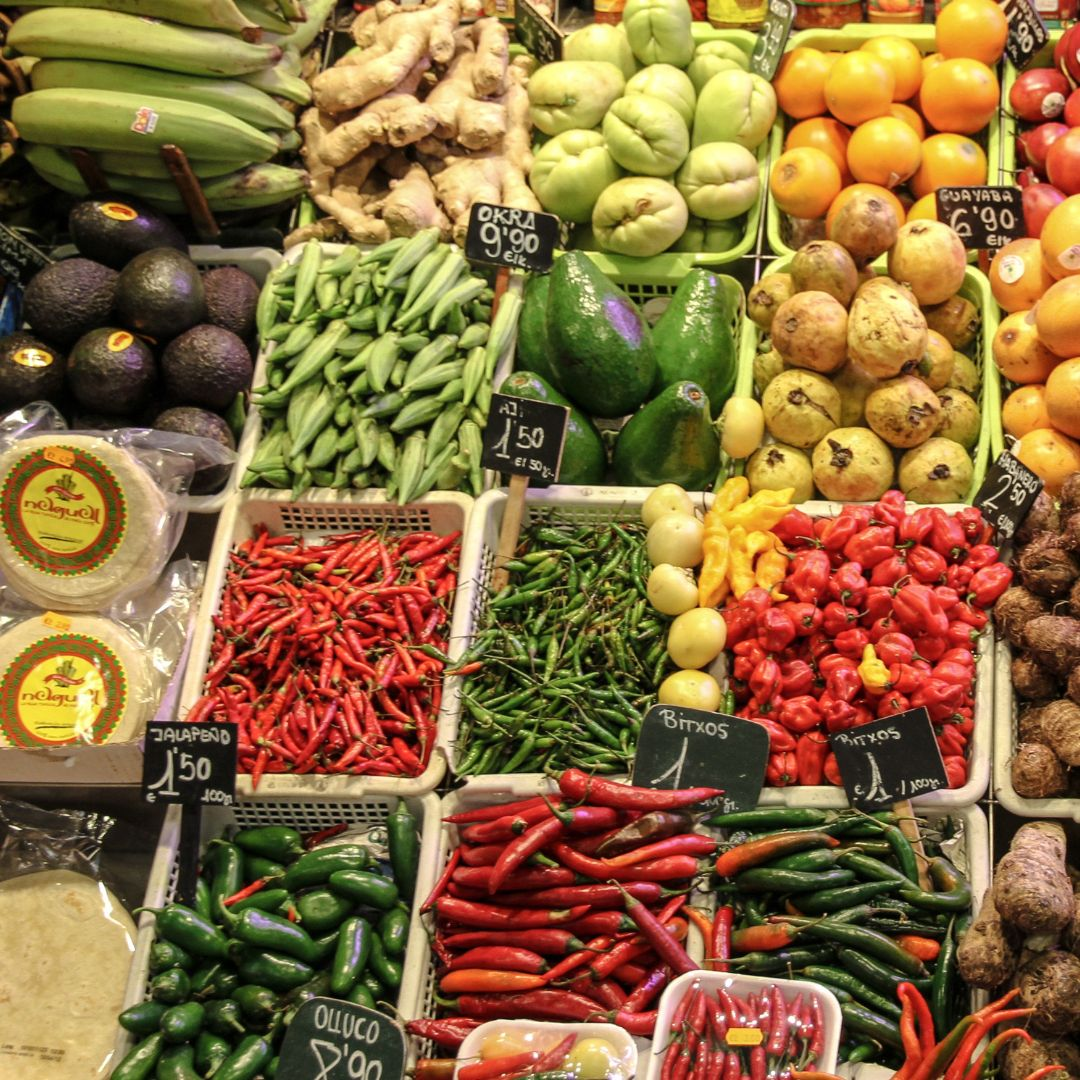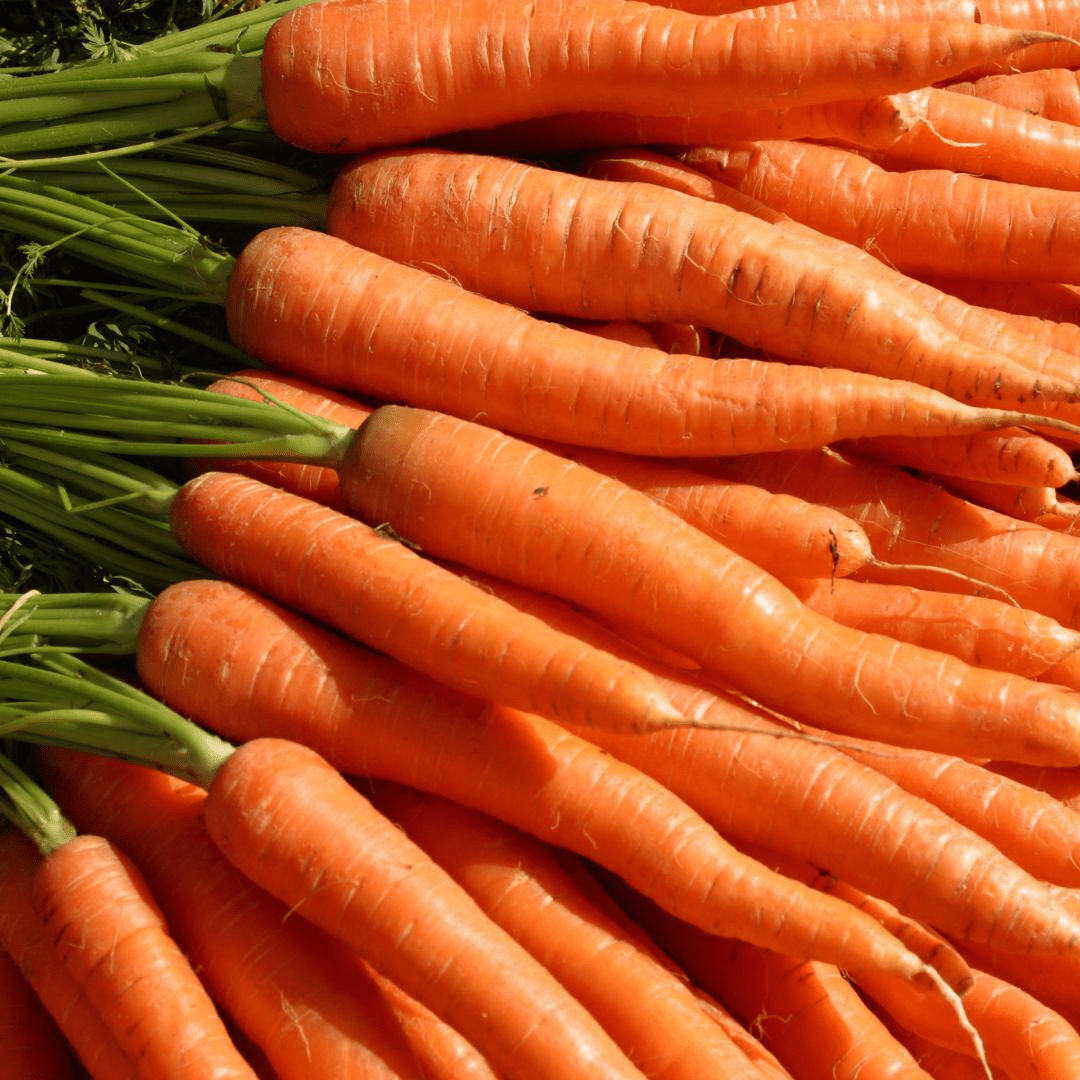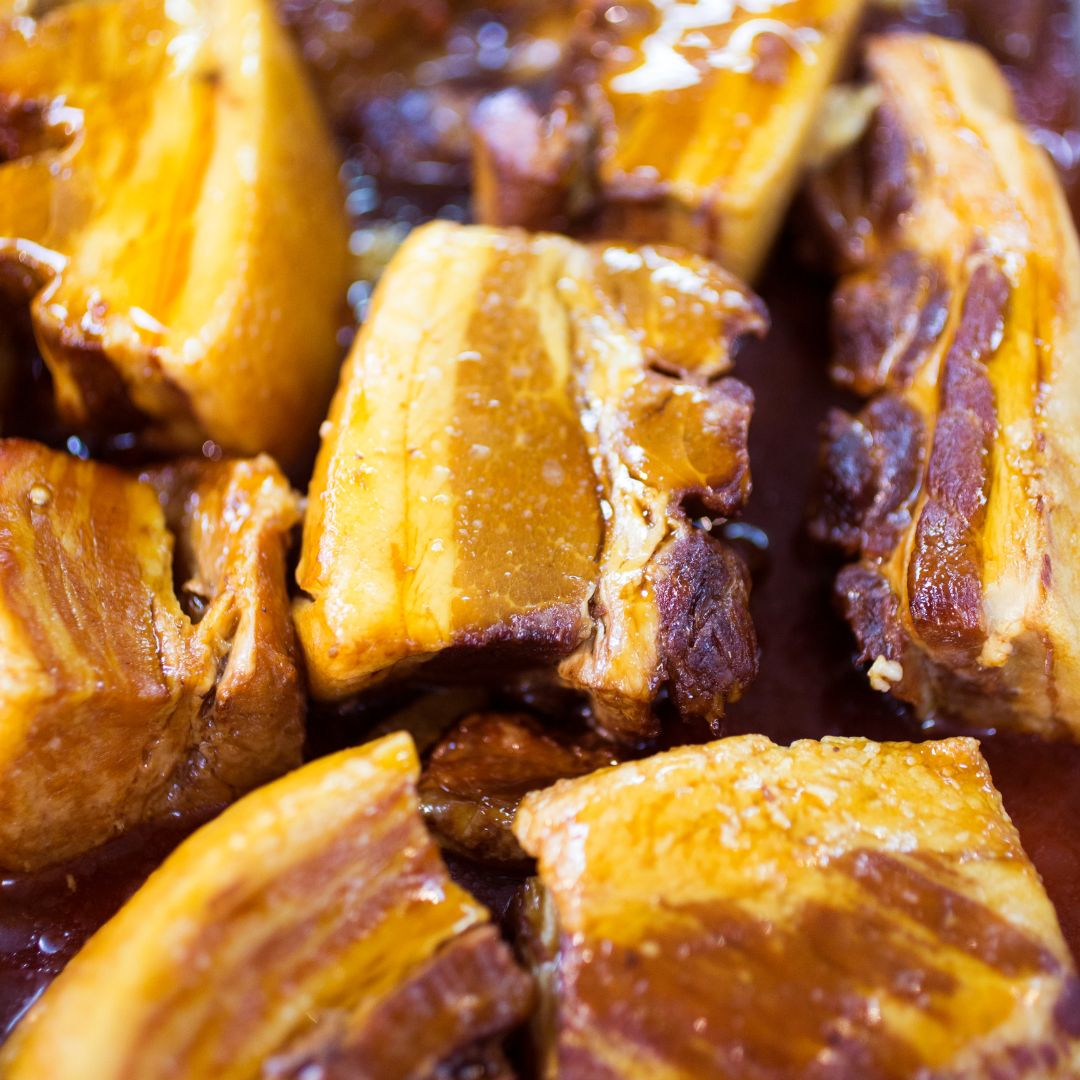Welcome to my comprehensive guide on managing high blood pressure through diet. As a professional journalist specializing in healthcare, I am often asked about the best dietary practices for controlling high blood pressure. Today, I will delve into the topic of foods to avoid and provide you with alternative options that can still satisfy your taste buds and support optimal blood pressure levels.

Hypertension, affects millions of people worldwide and is a significant risk factor for heart disease, stroke, and other cardiovascular complications. By making informed choices about what we eat, we can actively manage our blood pressure levels and significantly improve our overall health.
Are you ready to discover the foods you may need to cut from your diet, and more importantly, the delicious alternatives that can help you maintain a healthy blood pressure? Let’s dive in and explore the world of high blood pressure diet together!
Key Takeaways:
- High blood pressure, or hypertension, can be managed through dietary changes.
- Knowing which foods to avoid is crucial for maintaining optimal blood pressure levels.
- Understanding the alternatives to these foods is essential for a balanced and enjoyable diet.
- By making smart dietary choices, you can effectively lower your blood pressure and improve your overall health.
- This guide will provide valuable information on the best and worst foods for high blood pressure, tips for lowering blood pressure, and specific fruits and vegetables that support blood pressure control.
The best and worst foods for high blood pressure
When it comes to managing blood pressure, understanding which foods to include and avoid in your diet is crucial. Some foods have been found to have a positive impact, while others can worsen the condition.
Selection and classification of foods for high blood pressure
In order to create a blood pressure-friendly diet, it is important to classify foods based on their impact on blood pressure levels.
- Best Foods for High Blood Pressure: These are the foods that have been shown to have a positive effect on blood pressure levels. They are typically low in sodium and high in nutrients such as potassium, magnesium, and fiber. Some examples include:
- Leafy green vegetables such as spinach and kale
- Berries such as blueberries and strawberries
- Garlic and onions
- Whole grains
- Lean proteins such as fish and poultry
- Low-fat dairy products
- Worst Foods for High Blood Pressure: These are the foods that should be limited or avoided altogether. They are typically high in sodium, saturated fats, and added sugars. Some examples include:
- Processed foods such as fast food, frozen meals, and packaged snacks
- Highly salted foods such as potato chips and pretzels
- Sugary drinks and desserts
- Red meat and processed meats
- Fried foods
- Full-fat dairy products
By incorporating more of the best foods for high blood pressure and minimizing the consumption of the worst foods, you can promote a healthier cardiovascular system.
Tips for Lowering Your Blood Pressure
In addition to making dietary changes, there are various lifestyle modifications that can be implemented to manage hypertension effectively. By incorporating these tips into your daily routine, you can improve your cardiovascular health.

- Regular exercise: Engaging in physical activity on a regular basis can help lower blood pressure. Aim for at least 150 minutes of moderate-intensity aerobic exercise or 75 minutes of vigorous-intensity exercise each week. Consult with your healthcare provider before starting any exercise program.
- Stress management techniques: High levels of stress can contribute to elevated blood pressure. Explore stress-reducing activities such as meditation, deep breathing exercises, yoga, or engaging in hobbies that promote relaxation and wellness.
- Weight loss strategies: Losing excess weight can have a significant impact on blood pressure levels. Aim for slow and steady weight loss by adopting a balanced and calorie-controlled diet, along with regular exercise.
- Smoking cessation: Smoking can damage blood vessels and contribute to the development of high blood pressure. Seek support from healthcare professionals or enroll in smoking cessation programs to increase your chances of success.
Implementing these lifestyle changes in conjunction with a balanced diet can greatly contribute to an overall improvement in cardiovascular health.
8 Foods to Avoid
Certain foods should be avoided in a high blood pressure diet. By eliminating or reducing the intake of these foods, individuals can better manage their blood pressure and improve their overall health.

Here the list:
1. Salt and Sodium-rich Foods: Excessive intake of salt and sodium can cause fluid retention and increase blood pressure. It is essential to limit the consumption of processed and packaged foods, as they often contain high levels of sodium.
2. Processed Meats: Processed meats such as bacon, sausages, and deli meats are high in sodium and unhealthy fats. They can contribute to increase the risk of heart disease.
3. Sugary Drinks: Sweetened beverages like soda, energy drinks, and fruit juices can lead to weight gain and elevated blood pressure. Opt for water, herbal tea, or unsweetened beverages instead.
4. Caffeine-rich Drinks: Excessive consumption of caffeine from coffee, tea, and energy drinks can temporarily raise blood pressure. Limit your intake or opt for decaffeinated alternatives.
5. Alcohol: Drinking alcohol in excess can damage the heart and liver. Moderate alcohol consumption is recommended, but it’s best to consult with a healthcare professional for individual guidance.
6. Added Sugars: Foods and beverages high in added sugars, such as candies, pastries, and sugary cereals, can contribute to weight gain and increase blood pressure. Choose natural sweeteners and limit your intake of sugary treats.
7. High-Fat Foods: Foods high in saturated and trans fats, such as fried foods, fatty cuts of meat, and full-fat dairy products, can increase the risk of heart disease. Opt for lean protein sources and low-fat dairy alternatives.
8. Canned and Processed Foods: Canned soups, processed snacks, and convenience foods often contain high levels of sodium and unhealthy additives. Choose fresh or homemade options to avoid excessive sodium intake.
By avoiding these foods and opting for healthier alternatives, individuals can effectively manage their condition and improve their overall well-being.
14 foods to eat
When it comes to managing blood pressure, incorporating the right foods into your diet is key. These blood pressure-friendly foods are not only delicious but also beneficial for your heart health.

Including these foods in a balanced diet can improve overall cardiovascular health.
- Fatty fish: Rich in omega-3 fatty acids, fatty fish like salmon and mackerel can help reduce inflammation and lower blood pressure levels.
- Leafy greens: Spinach, kale, and other leafy greens are packed with nutrients like potassium, which can help lower blood pressure.
- Berries: Blueberries, strawberries, and raspberries are high in antioxidants, which can help protect against heart disease.
- Oatmeal: This fiber-rich breakfast staple can help lower both systolic and diastolic blood pressure.
- Garlic: Studies suggest that garlic may help relax blood vessels and lower blood pressure levels.
- Pomegranates: Pomegranate juice has been found to have antioxidant properties that can promote heart health and lower blood pressure.
- Beets: Beets are rich in nitrates, which can help improve blood flow and lower blood pressure.
- Skim milk: Low-fat dairy products like skim milk are a good source of calcium and can help lower blood pressure.
- Quinoa: This whole grain is packed with protein and fiber, making it a heart-healthy choice for individuals with high blood pressure.
- Avocados: Avocados are rich in monounsaturated fats and potassium, both of which can help lower blood pressure.
- Dark chocolate: Dark chocolate with a high cocoa content has been shown to have blood pressure-lowering effects.
- Walnuts: These nuts are rich in omega-3 fatty acids and can help reduce blood pressure levels.
- Legumes: Lentils, chickpeas, and other legumes are high in fiber and have been linked to lower blood pressure.
- Tomatoes: Tomatoes are a great source of potassium and lycopene, both of which can help lower blood pressure.
Fruit and vegetables
Fruits and vegetables are essential components of a high blood pressure diet. Incorporating a variety of fruits and vegetables into your meals can have a positive impact on cardiovascular health.

Fruits for high blood pressure:
Certain fruits have been found to be particularly beneficial for individuals with high blood pressure. These include:
- Berries: Strawberries, blueberries, and raspberries are rich in antioxidants and have been shown to help lower blood pressure.
- Bananas: Packed with potassium, bananas can help regulate blood pressure levels.
- Citrus fruits: Oranges, lemons, and grapefruits are high in vitamin C and can aid in blood pressure management.
- Watermelon: This refreshing fruit is not only hydrating but also contains citrulline, which has been linked to lower blood pressure.
- Pomegranates: Pomegranate juice has been found to have a positive effect on blood pressure.

Vegetables for hypertension:
Vegetables play a crucial role in maintaining healthy blood pressure levels. Some vegetables that are particularly beneficial for individuals with hypertension include:
- Leafy greens: Spinach, kale, and Swiss chard are rich in potassium, magnesium, and calcium, which can help lower blood pressure.
- Beets: Beets contain nitrates, which are converted into nitric oxide in the body and can help relax blood vessels, leading to lower blood pressure.
- Carrots: Carrots are high in antioxidants and can contribute to overall cardiovascular health.
- Cabbage: This cruciferous vegetable is low in calories and has been associated with lower blood pressure levels.
- Tomatoes: Tomatoes are a great source of lycopene, which has been linked to a reduced risk of high blood pressure.

To incorporate more fruits and vegetables into your diet, consider the following tips:
- Add fruits to your breakfast: Enjoy sliced bananas or berries on top of oatmeal or yogurt.
- Snack on fruit: Keep a bowl of fresh fruit on your kitchen counter or pack portable fruits like apples or oranges for on-the-go snacking.
- Fill half your plate with vegetables: Aim to include a variety of colorful vegetables in your lunches and dinners.
- Try vegetable-based soups: Whip up a hearty vegetable soup packed with nutrient-dense ingredients.
- Experiment with smoothies: Blend fruits and leafy greens to create delicious and nutritious smoothies.
By incorporating a wide range of fruits and vegetables into your daily meals, you can enjoy the numerous health benefits of a plant-based diet.
Canned tomato products
Canned tomato products have been found to have a significant impact on blood pressure levels. The rich concentration of nutrients in tomatoes, particularly lycopene, is believed to contribute to their potential benefits for hypertension management.
Lycopene is a powerful antioxidant that has been shown to help lower blood pressure, reduce inflammation, and improve overall cardiovascular health.

When incorporating canned tomato products into a high blood pressure diet, it’s important to consider their sodium content.
To choose tomato-based products, consider the following:
- Opt for low-sodium or no-added-salt canned tomato products. Look for labels that indicate “low-sodium” or “no salt added.”
- Read the nutrition facts label to assess the sodium content per serving. Aim for options with less than 140 milligrams of sodium per serving.
- Consider making homemade tomato-based sauces or soups using fresh, ripe tomatoes. This allows for better control over the sodium content and ensures the inclusion of beneficial nutrients.
- Experiment with other tomato-based alternatives, such as tomato paste, which typically has a lower sodium content compared to other canned tomato products.
Incorporating canned tomato products into a high blood pressure diet can add flavor and variety to meals while providing potential cardiovascular benefits. However, it is essential to be mindful of sodium intake and choose low-sodium options whenever possible.
Low-fat dairy
Low-fat dairy products play a significant role in managing high blood pressure. They are a great source of calcium, potassium, and magnesium, which are essential minerals for maintaining healthy blood pressure.
Calcium helps relax blood vessels and supports healthy heart function, while potassium helps balance sodium levels in the body, reducing the risk of high blood pressure. Magnesium also contributes to blood vessel relaxation and supports overall cardiovascular health.
Low-fat dairy options include skim or low-fat milk, yoghurt, and cheese. These alternatives provide the same essential nutrients as full-fat dairy products, but with reduced fat content.
For individuals who are lactose intolerant or prefer non-dairy options, there are plenty of alternatives available. These include:
- Soy milk fortified with calcium and vitamin D
- Almond milk fortified with calcium
- Rice milk fortified with calcium
- Coconut milk (in moderation, as it is high in saturated fat)
It is crucial to choose low-fat versions of dairy products or opt for dairy alternatives to reduce the intake of saturated fat, which can negatively impact blood pressure.
Incorporating low-fat dairy or suitable dairy alternatives into a balanced diet can contribute to overall cardiovascular health.

Low-fat dairy products, such as milk, yogurt, and cheese, are healthy alternatives to high-fat versions and incorporating them into your diet can help lower high blood pressure levels.
“In addition to dietary changes, there are several other methods individuals can employ to lower their blood pressure.”
Processed foods with trans or saturated fat
Processed foods that contain trans or saturated fat can significantly contribute to high blood pressure. These types of fats have been shown to causing an increase in hypertension. Trans fat is commonly found in highly processed foods , commercially fried foods, baked goods, and packaged snacks, while saturated fat is commonly found in animal products such as fatty cuts of meat, full-fat dairy products, and butter.

To protect your cardiovascular health and stop hypertension, it’s important to limit your intake of processed foods high in trans or saturated fat. Instead, opt for healthier alternatives that promote heart health:
- Choose lean, skinless poultry and fish as protein sources.
- Replace butter with healthier fats like olive oil, avocado, or nut butter.
- Include more plant-based protein sources such as beans, lentils, and tofu in your meals.
- Snack on fresh fruits and vegetables instead of packaged chips or cookies.
By making these simple dietary changes and avoiding processed foods high in trans or saturated fat, you can reduce your risk of hypertension.
Salty foods
Excessive salt intake is a known risk factor for high blood pressure. Sodium, a component of salt, plays a crucial role in regulating fluid balance in the body. However, consuming too much sodium can disrupt this balance and negatively impact cardiovascular health.
Here are some practical tips for reducing salt intake:
- Read food labels: Pay attention to the sodium content listed on food labels. Choose low-sodium or reduced-sodium options whenever possible.
- Cook at home: Prepare meals from scratch using fresh ingredients. This allows you to have control over the amount of salt added to your meals.
- Use herbs and spices: Experiment with herbs, spices, and other flavor-enhancing ingredients to add taste to your dishes without relying on salt.
- Limit processed foods: Processed foods such as canned soups, deli meats, and fast food often contain high amounts of sodium. Minimize your intake of these items.
- Choose fresh produce: Opt for fresh fruits and vegetables, as they are naturally low in sodium. Avoid canned or processed varieties, which may have added salt.
- Rinse canned foods: If using canned foods, such as beans or vegetables, rinse them under running water to remove excess sodium.
- Be cautious with condiments: Condiments like soy sauce, ketchup, and salad dressings can be high in sodium. Use them sparingly or look for low-sodium alternatives.
- Gradually reduce salt: Gradually decrease the amount of salt you add to your meals over time. Your taste buds will adjust, and you will start to appreciate the natural flavors of food.

By adopting these simple strategies and being mindful of your salt intake, you can effectively improve your overall cardiovascular health.
When to see a doctor about high blood pressure symptoms?
Recognizing the symptoms is crucial for early detection and effective management of the condition. If you experience any signs of hypertension, it is important to seek medical advice promptly.
Common signs of high blood pressure may include:
- Elevated blood pressure readings
- Headaches
- Dizziness
- Shortness of breath
- Chest pain
- Irregular heartbeat
- Blurred vision
It is highly recommended to schedule an appointment with your healthcare provider.

It is important not to ignore the symptoms, as untreated hypertension can lead to serious complications such as heart disease, stroke, and kidney problems. Seeking medical advice promptly can help prevent these complications and promote long-term health.
Additionally, certain risk factors may warrant earlier consultation with a healthcare professional. These risk factors include:
- Family history of high blood pressure
- Personal history of cardiovascular disease
- Being overweight or obese
- Smoking
- Being physically inactive
- Having a high-stress lifestyle
- Having an unhealthy diet high in sodium and saturated fats
By seeking medical advice for high blood pressure symptoms, you can take proactive steps towards managing your condition and reducing your risk of complications.
Conclusion
In conclusion, managing, stop hypertension requires a combination of dietary and lifestyle changes. By incorporating the key takeaways from this diet guide, individuals can improve their cardiovascular health.
